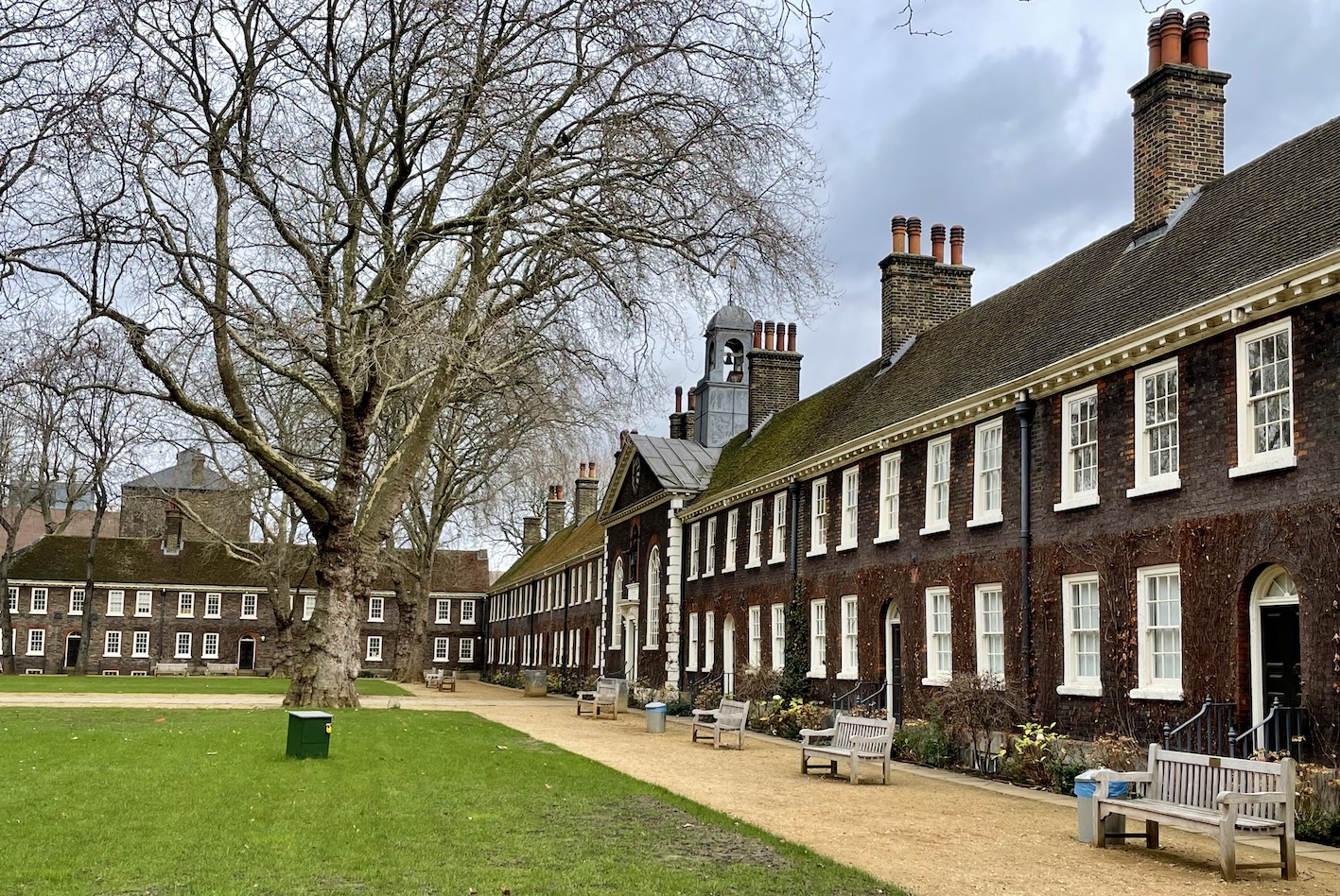
The Museum of the home has been a fixture in London since the early 1900’s, and I probably last visited it over 10 years ago. In my quest this year to visit some of London’s smaller and more specialist museums I was keen to re discover this one. Previously known as the Geffrye museum, it recently changed its name and underwent a refurbishment, reopening in 2021 with a range of new galleries and its new title.
History
The museum is situated in a group of 300 year old Almshouses in the Hoxton area of London. When they were built, there were 14 of them which housed around 50 pensioners at in single rooms with 4 members of staff to care for them
As the area expanded throughout the 1800’s Hoxton became a hub for London’s furniture and clothing trades. In 1911, the building was eventually sold to London County Council. It was opened to the public as a museum in 1914 in response to groups of artists and designers who were petitioning for an exhibition space for arts and crafts
The almshouses were built with money from Sir Robert Geffrye, an English merchant who made some of his money by investing in the slave trade. Although not connected with the founding of the museum, his statue remains in the front of the buildings. In acknowledgement of the pain caused by the connections between the buildings and the forced labour and trading of enslaved Africans, there is ongoing discussion about what should be done with the statue.
The Galleries
Appropriately the displays begin in the home galleries with a series of photographs of people at home during the pandemic. This already has a fascination which I am sure will only grow the more distanced we become from the pandemic.
Throughout the home galleries the word ‘home’ and its multiple meanings is explored. This is done through images and stories of the people who live locally, whilst exploring through objects people’s everyday experiences of making, keeping and being at home over the last 400 years.
The link between possessions and the connection to us is an interesting one. Possessions often hold significant sentimental value and are part of who we are. When people are forced to leave their homes through war or natural disaster it is their most emotionally valuable possessions they will try and take with them.
The galleries also explore the idea of comfort and feeling at home, and how this can be disrupted, particularly through loss or illness. There are a series of moving pictures and comments from those who have experienced the loss of family members through unexplained disappearance.
Leisure and faith are also examined and with some fabulous photographs of the way different cultures use their home as a place of worship, somewhere to pray and reflect and celebrate important festivals
Our homes are, or should be a source of comfort and a series of photographs taken by the photographer Sophie Verhagen captures a group of Hackney elders who are part of a local gardening project . The people she photographed found great solace in their gardens often after the bereavement of a spouse, but they struggled to maintain them in old age. Her intimate portraits are a reminder of the love, reward and frustration gardens can create.
Throughout, there is a real mix of contemporary and historical stories in this space, and there are interactive elements which will appeal to all ages.
Rooms Through Time
The rooms through time are wonderful. If you are familiar with the IKEA room sets then these will seem very familiar although sometimes a little grander! This series of furnished rooms looks at how homes and home life have evolved in the past 400 years. The Rooms are based on real London homes and their owners who would have had enough money to decorate and live comfortably.
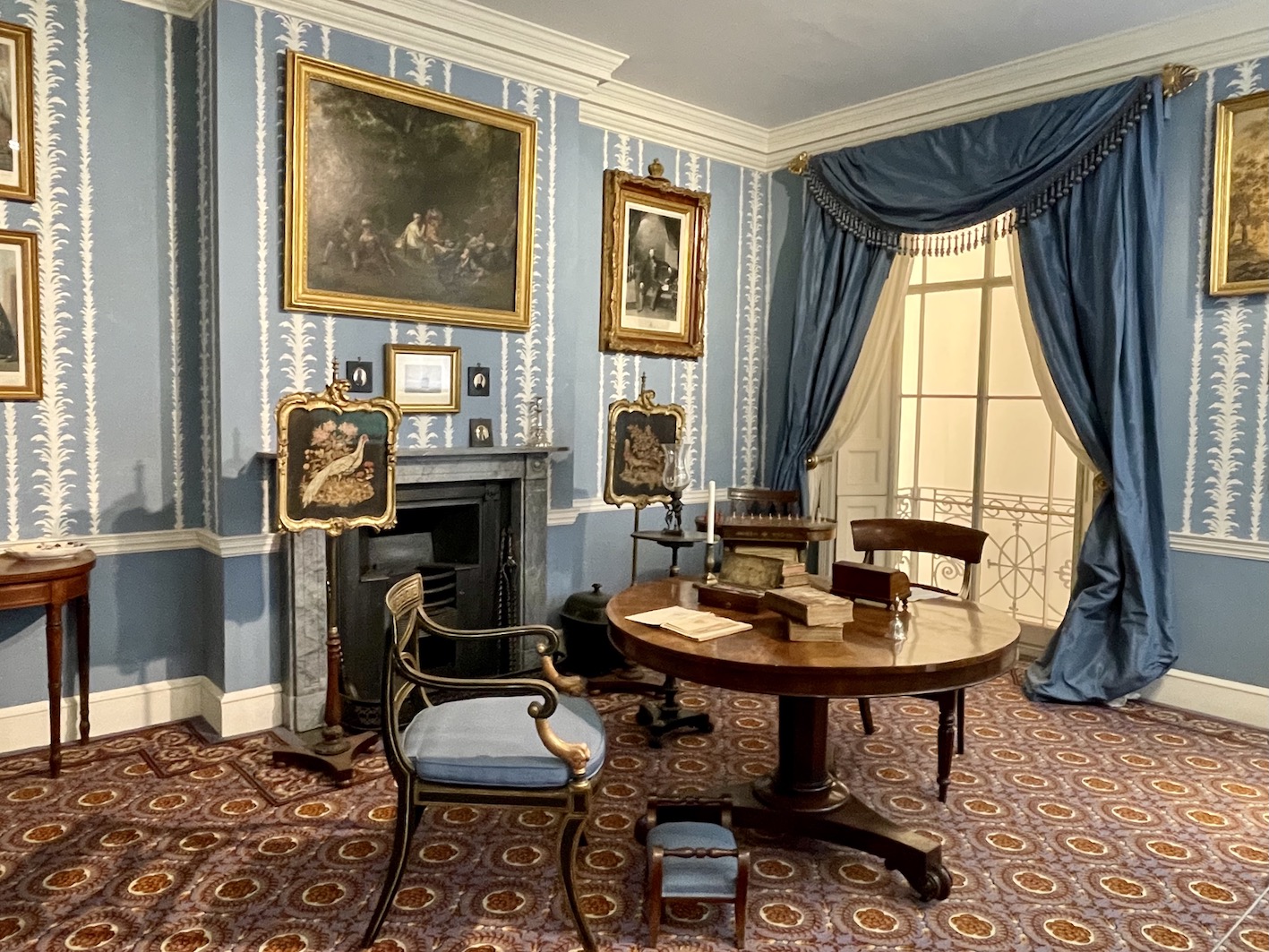
These are so interesting and a fascinating timeline of how our homes have developed becoming the places they are today. I was of course drawn to the rooms which cover the decades I remember with the 1970’s room being a real highlight.

There is something fascinating about seeing objects you recognise from your own history, however the Parlours and Drawing Rooms from the 1700’s and 1800’s are a brilliant step back in time and demonstrates how generally more comfortable our homes have become. There is an abundance of detail in each room and each comes with a short story of what the room is being used for. The 1870 parlour is being prepared for a seance which was a Victorian obsession at the time. Whilst the comfortable 1915 Arts and Crafts drawing room is where a family gather to write letters and knit socks for the eldest son who is at war.
This little snap shots of social history are so interesting.
The Gardens
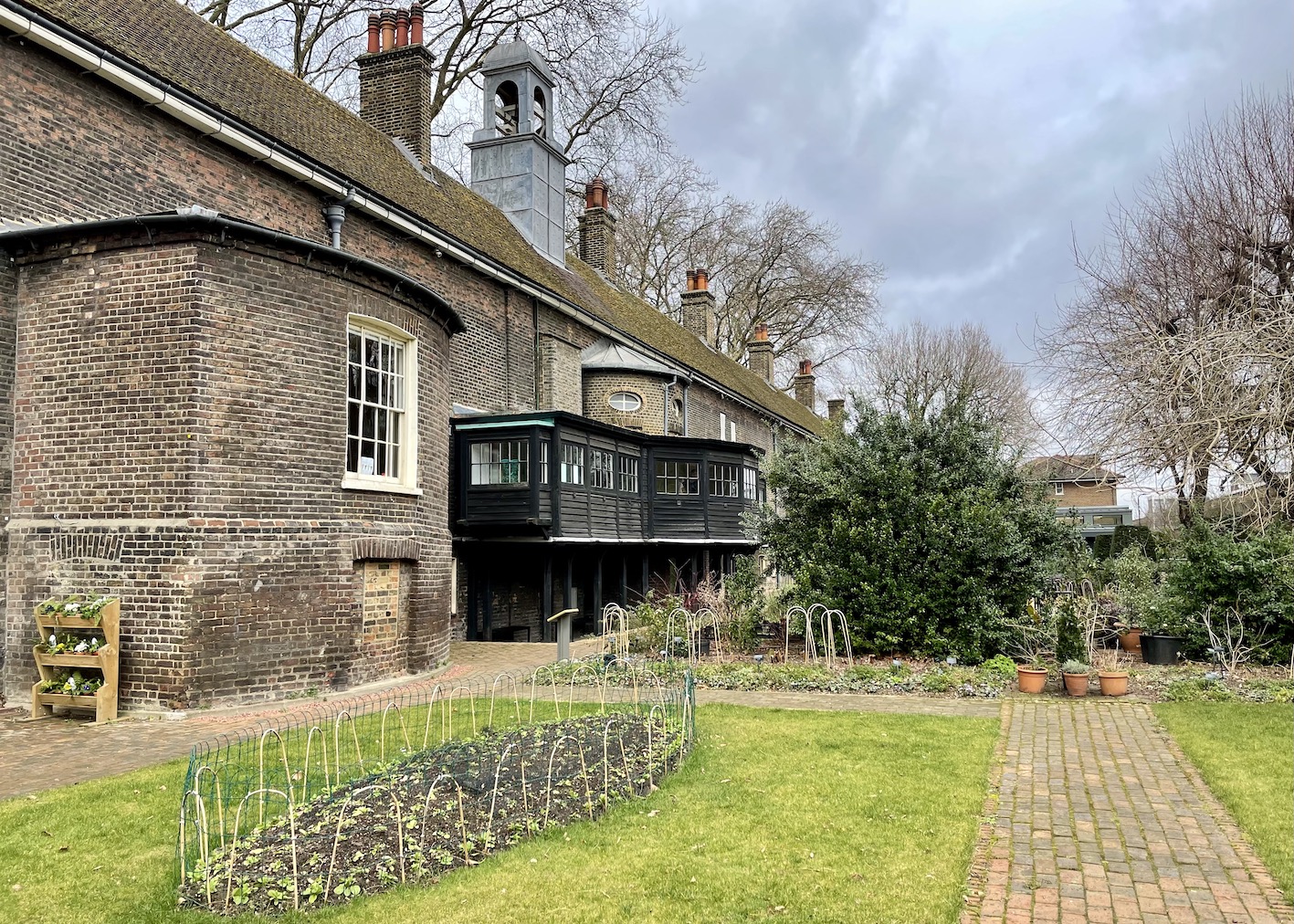
The Gardens are designed to show how city gardens have changed throughout the centuries. The gardens are divided into distinct areas. One area features a herb garden, with each bed showing how herbs can be used in food, as medicine, for their scent and for cleaning and cosmetics.
In the bold and colourful garden there is green house and displays of brightly coloured flowers representative of the floral carpets found in Victorian homes. This garden also highlights the now well recognised link between gardens and wellbeing.
The Leisurely and Neat Garden representing the 1700’s shows how gardens were treated as an outside room, an extension of the home. This has much in common with today, especially for people with small urban gardens. Here the gardens are carefully and neatly laid out with paving and shrubs to give a structural neatness.
The gardens are a gentle, well tended oasis, and a nice diversion from the galleries.
The Extras
The Shop
A museum shop can be a very joyful thing and exiting via the gift shop is always a pleasure. The Shop at The Museum of the Home is an absolute delight. Its colourful wares spill out onto a tempting and attractive table display in the foyer. A successful way of grabbing your attention before you get anywhere near one of the galleries. The collection of books, gifts and homewares is very good, and many of the products are from local designers. I am now stocked up on Christmas cards for next year!
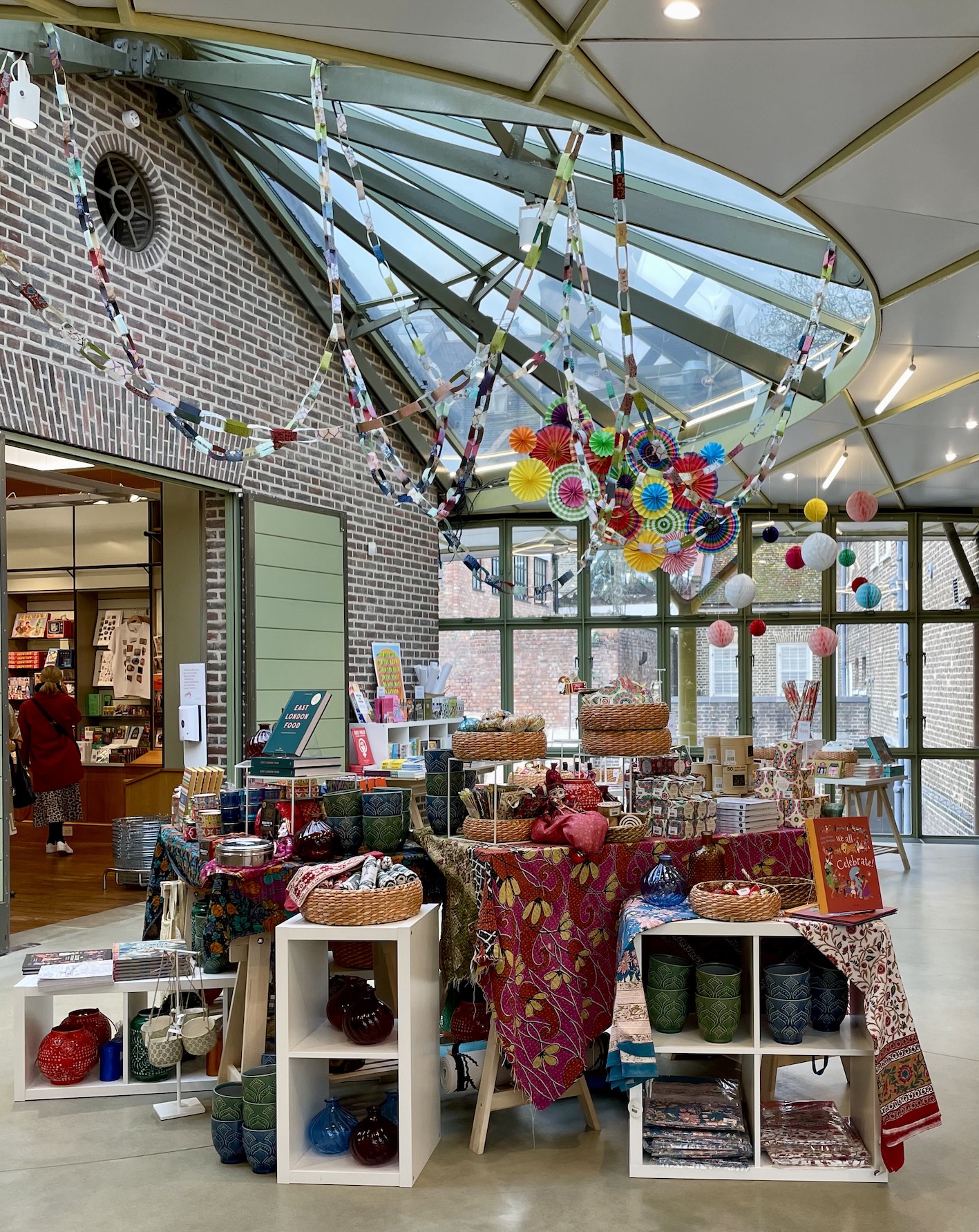
The Cafe
Molly’s cafe is housed in a Victorian Pub just moments from the museum site and just opposite Hoxton station. This friendly airy cafe sells delicious coffee and has a good seasonal lunch menu.
Why you Should Visit
After spending so much time in our own homes in the last couple of years, The Museum of the Home feels even more relevant. There is a warmth to all the displays which makes this a real pleasure to visit. Engaging with local communities and exploring how local people live adds a depth and brings the to the displays to life in a really interesting way.
The Practicalities
- It is free to visit but making an advanced timed bookings is highly recommended
- Opening Times: Tues to Sun 10-5pm
- Nearest Tube: Hoxton station on the London Overground Line

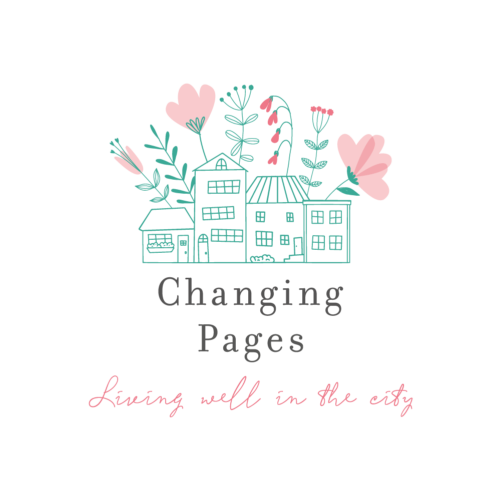


It looks such a great place Angie! Must go there on another visit to London. x
Looks fascinating. What a great little place. Thanks Angie x